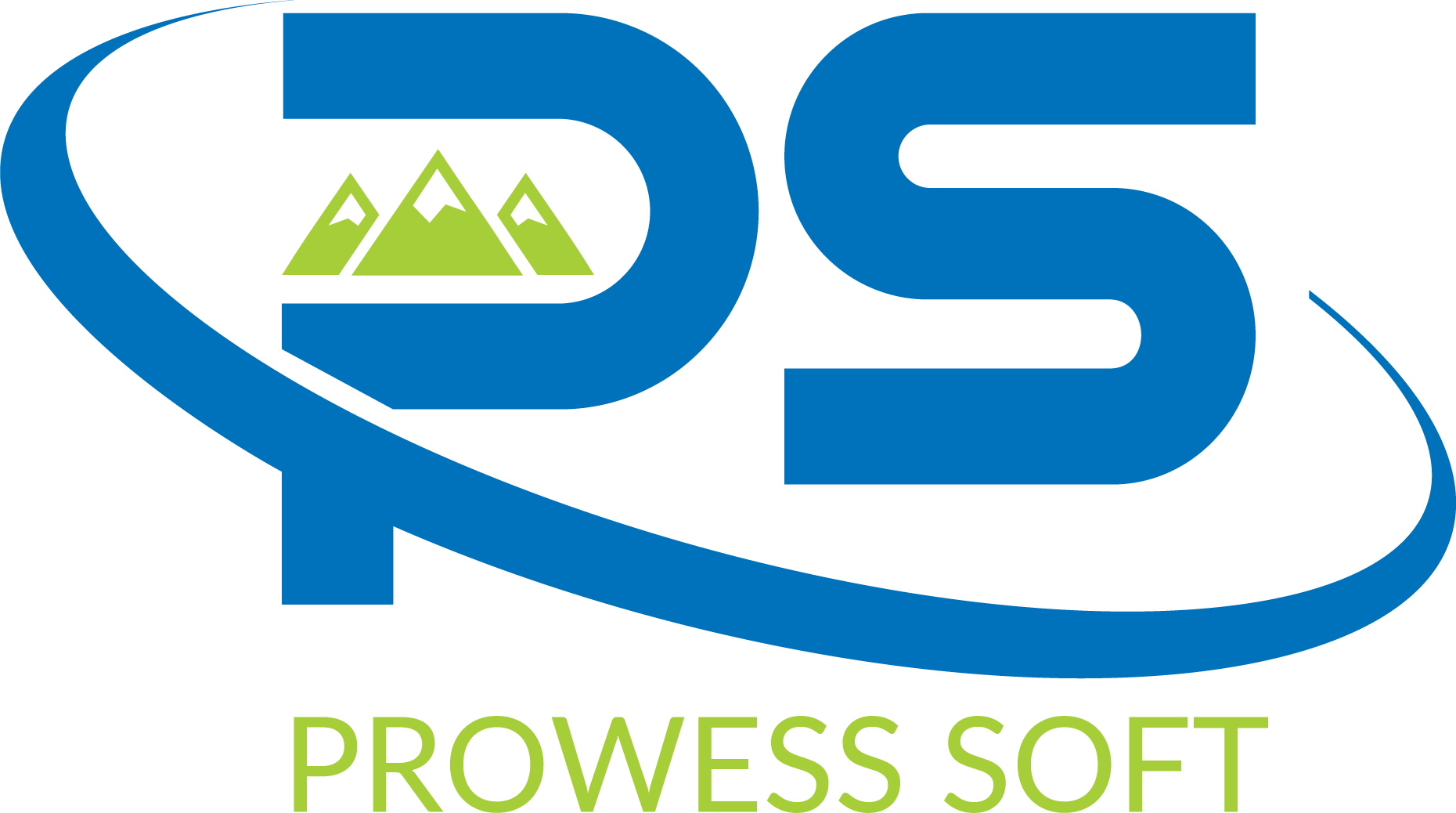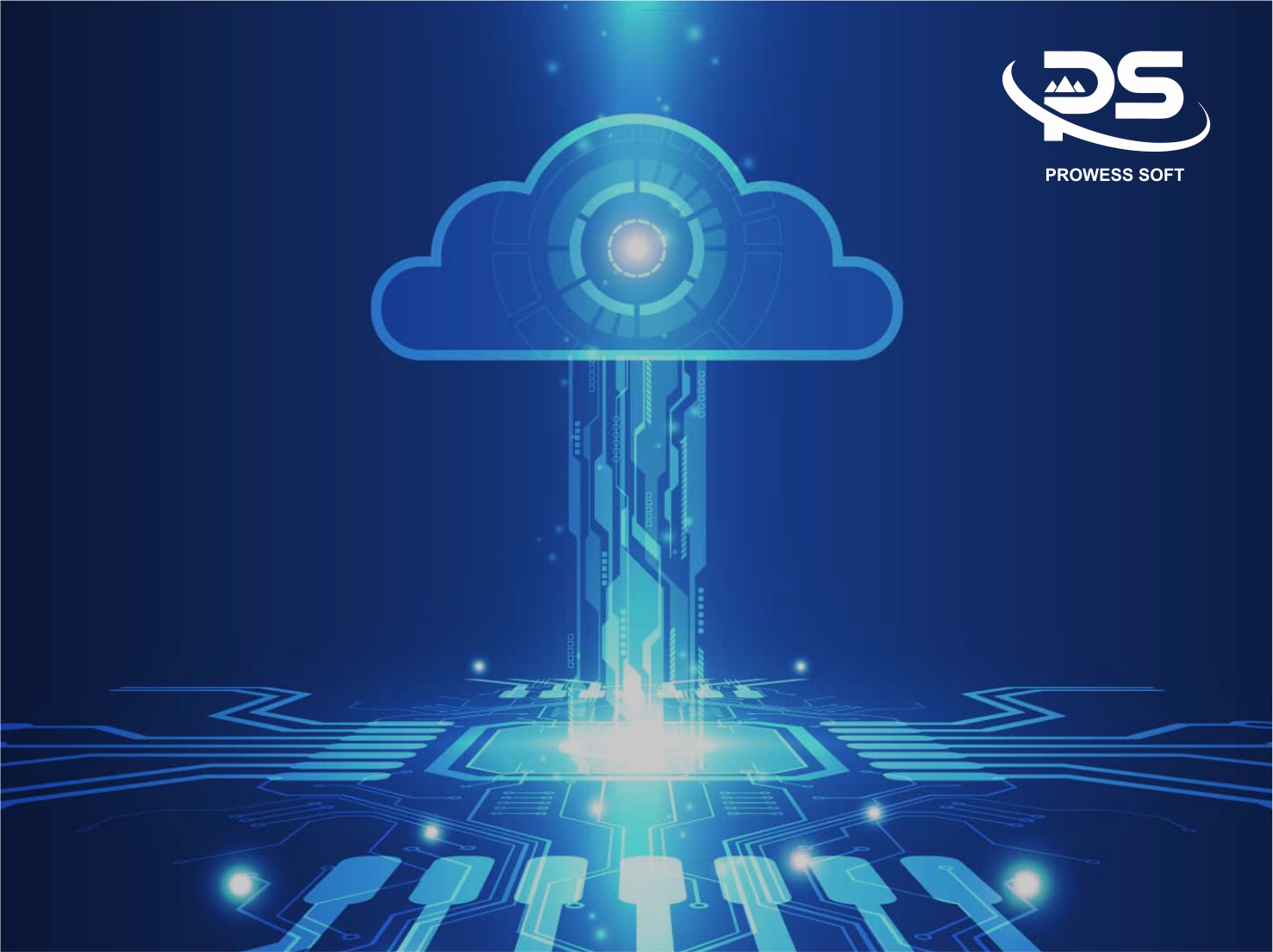Dell Boomi AtomSphere is considered to be a market leader for the integration of cloud applications.
Boomi AtomSphere
It is a single-instance, multi-tenant iPaaS solution providing hybrid integration platform capabilities to perform Cloud-to-Cloud, OnPrem-to-OnPrem & OnPrem-to-Cloud integrations. It also supports both real-time and batch processing of data and scales elastically to meet the high volume demands in various environments. With Dell Boomi, we can integrate applications, data directly from the web by using a visual designer with access to a library of integration of components.
Multi-tenant architecture
The term multitenancy refers to a software architecture in which one instance of software or application runs on a server and serves multiple tenants or organizations. It is not like a traditional software solution where multi-tenancy is achieved via multiple installations or process instances. Dell Boomi follows multi-tenant architecture that achieves isolation at a process, data, and management level by following ways.
- a ) Access control with roles and permissions to account objects
- b ) Assign a unique identifier for each account and tag related objects with the account with this identifier
- c ) Summary of all integrations, transformations, connectors, and business validations as metadata bound to a specific account
- d ) Metadata deployment of integrations to an Atom
Phases in AtomSphere
Boomi AtomSphere’s approach is configuration-based integration rather than being a code-based integration. Once you build and modify your integration processes, they will be stored as XML. Boomi AtomSphere integration process is classified into three phases.
- a ) Build Phase: In the Build tab, one can design and build integration processes. It is a visual designer that will include access to a library of connectors that are pre-built. Using click drag and drop techniques one can build integration processes with no coding.
- b ) Deploy Phase: Deploy tab contains packaging components & deployment history. Once the process is built and tested, it will be packaged for deployment and deployed to an environment consisting of Atoms/Molecules.
- c ) Manage Phase: In the Manage tab support or operations, the team can monitor, manage, and view process logs of the integration processes that are deployed.
Benefits of AtomSphere
- a ) Integration Flexibility: Dell Boomi AtomSphere seamlessly integrates multiple applications present in cloud or on-premise or hybrid. It offers high availability and performance with the flexibility to use the AtomSphere, MDM, or API Management functionalities.
- b ) Enterprise Performance: Dell Boomi AtomSphere is designed to ensure scalability, high availability, and performance with no single point of failure. Boomi takes care of the complexity that would typically require developers deciphering complex APIs, developing web services, or implementing a Service Oriented Architecture (SOA). It’s all handled through one, simple-to-use visual interface.
- c ) Ease of use: Using click, drag, and drop tools in the UI of Boomi AtomSphere, we can build complex integrations at a faster speed. It has access to pre-built connectors used for designing the integration process with no coding. Boomi AtomSphere delivers high-end integration capabilities such as content-based routing, process flow control, exception handling, and messaging.
- d ) Reduced Design Time: Boomi AtomSphere has pre-built connectors that are ready to use, reducing costs and errors reducing design time. With configurations, no custom coding approach in AtomSphere, implementations can be done at a greater speed when compared to traditional software packages.
Deployment Models
Dell Boomi architecture supports two types of deployment models.
- a ) On-Premise Deployment: This is preferred when all integration endpoints are within the organization network.
- b ) Cloud Deployment: If all integration endpoints are cloud-based then Cloud Deployment is used.
One can use both deployment models when hybrid integrations are developed.
Atom:
The Boomi Atom is a lightweight Java application and is a dynamic, runtime engine. Atom is a small, powerful, intelligent component. The Atom contains components like connectors, transformations, rules, decision logic needed to execute the process from end to end. When it is installed on-premise behind a firewall, it is referred to as local Atom. Atom will run only on a single node.
Molecule:
A molecule is a single-tenant, cluster of atoms that can be installed on multiple nodes in the on-premise that will allow multiple processes to run concurrently. It can be deployed across multiple servers to provides features like load-balancing, processing distribution, high availability, failover, and parallel processing. The molecule is best used when there is a huge volume of data and integrations will receive or generate a high volume of documents. In the case of an on-premise deployment model, the integration is deployed either to a local atom or a molecule.
Atom Cloud:
An Atom Cloud is multi-tenant, consisting of one or more molecules installed on multiple machines. All these Cloud molecules that are installed on machines are grouped together to form an Atom cloud. Boomi Test Atom Clouds are available in the Americas, Europe, and Asia-Pacific regions. The Boomi atmosphere automatically assigns each account to a particular molecule and it will make sure that it evenly assigns the accounts across all the available molecules. It can also assign multiple accounts to a single molecule which means that multiple organizations can share the molecule and access its resources.
When an organization has multiple accounts, then it can go for a private Atom cloud. In this case, all the accounts of this organization are assigned to a particular molecule and no other organization accounts are assigned to this molecule.
Conclusion: This is an overview of the Dell Boomi AtomSphere, architecture, and its components.

Practice Head, TIBCO
With over 13 years of experience in Architecture, blue prints, Design, Development, performance tuning, administration, testing and implementation on Enterprise Application Integration, Hari Krishna is vital team player at Prowess.
Hari is a certified TIBCO, DellBoomi and MuleSoft Integration specialist with hands on experience in SOA, B2B integration, web services development. Prior to Prowess, he worked as a Senior Consultant at TIBCO software Inc. He is a quick learner with great technical capabilities and always ready to accept the challenges.

